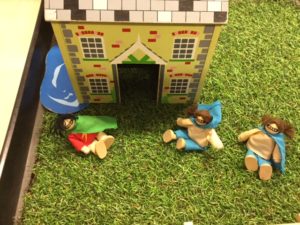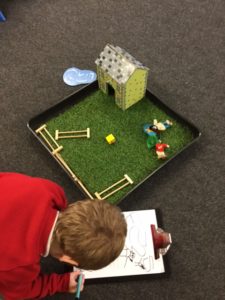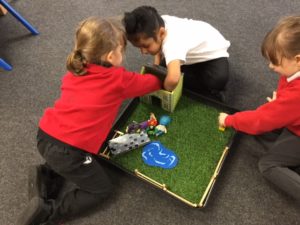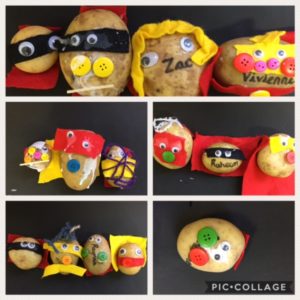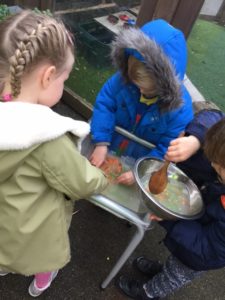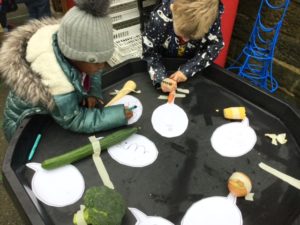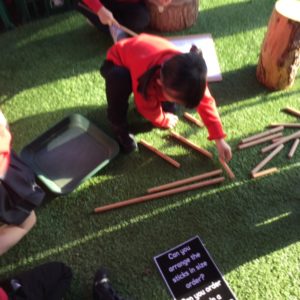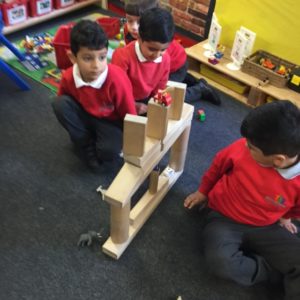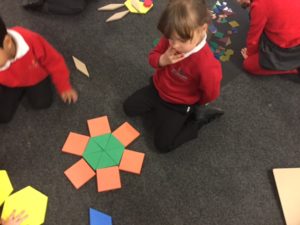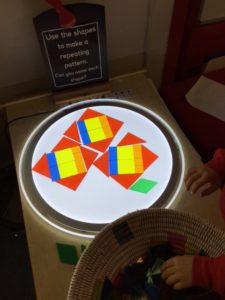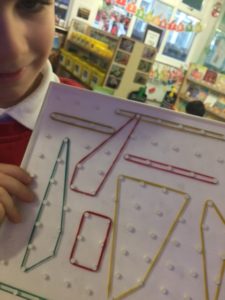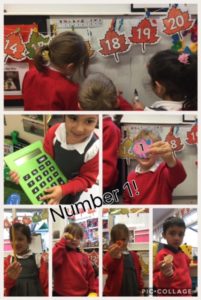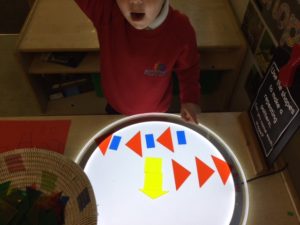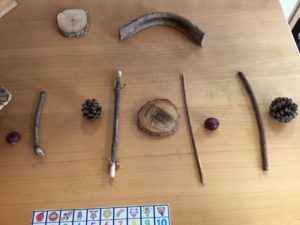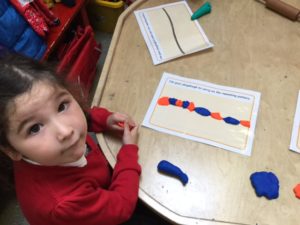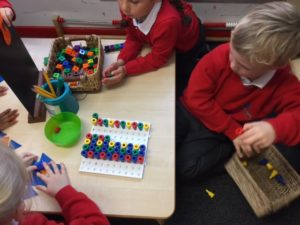Thanks to everyone who came to the phonics mornings last week. We hope you found them useful. Please don’t hesitate to ask if you have any questions.
In Phase 2 of our phonics programme (Letters and Sounds), children will be taught the phonemes (sounds) for a number of letters (graphemes), which phoneme is represented by which grapheme and that a phoneme can be represented by more than one letter, for example, /ll/ as in b-e-ll. We use Jolly Phonics actions to help children remember these phonemes. Each week the children will bring a set of letters home to learn. Please practise these every day and keep them in their book bag for us to add to.
Your child will be taught how to pronounce the phonemes correctly to make blending easier.
Sounds should be sustained where possible (e.g. sss, fff, mmm) and, where this is not possible, ‘uh’ sounds after consonants should be reduced as far as possible. (e.g. try to avoid saying ‘buh’, ‘cuh’).
Set 1: s a t p
Set 2: i n m d
Set 3: g o c k
Set 4: ck (as in duck) e u r
Set 5: h b l
We will begin learning ‘tricky words’ this week which are words which are not phonetic. Please help your child to read these by recognition. The first tricky words are the and to which we will be sending home for the children to learn.
Now the children have knowledge of some letters and their sounds, try to encourage them to write words independently. This might just be the initial sound of a word. Let them write something important to them. This could be a label for their drawing, a list or a letter to a friend.
